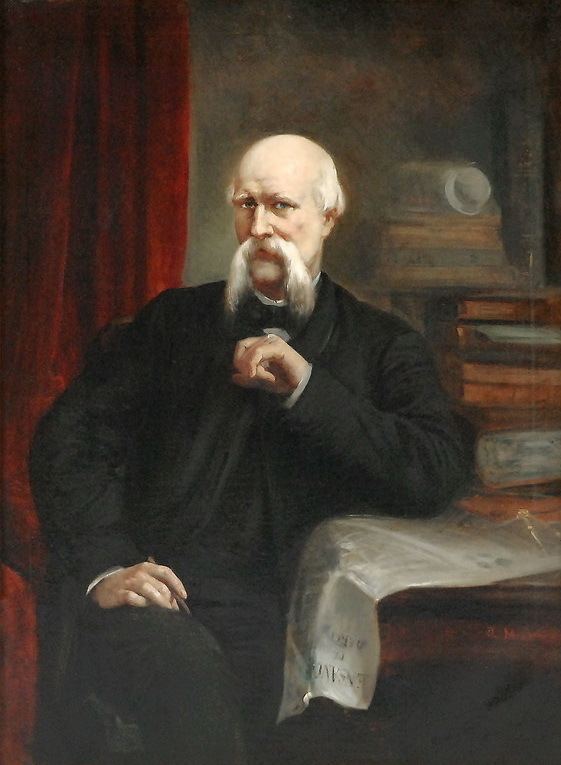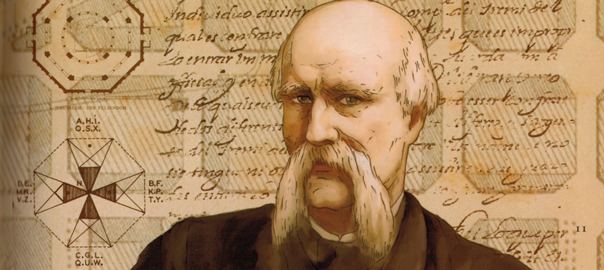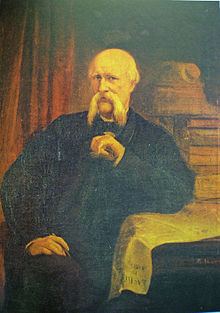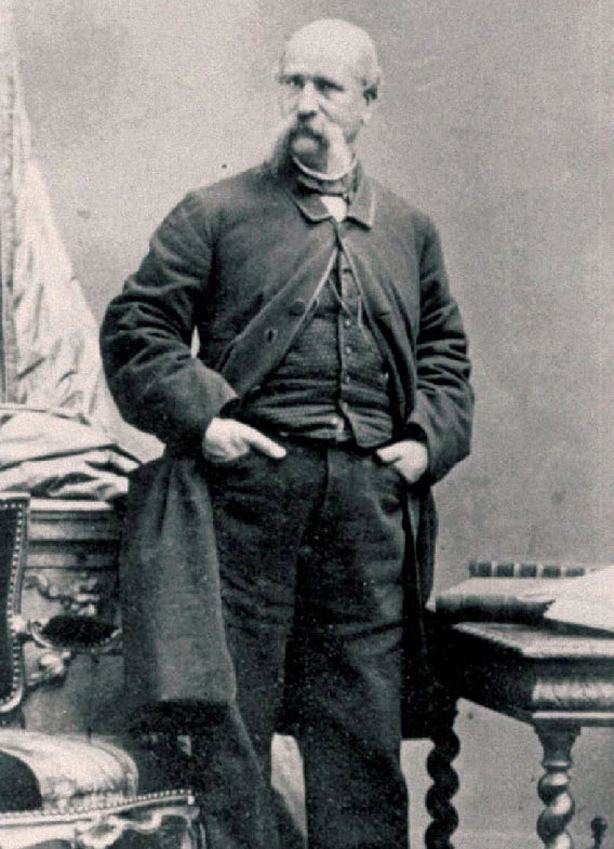Name Ildefons Cerda Role Designer | Died August 21, 1876 | |
 | ||
Native name Ildefonso Cerda y Suner Education Escuela Tecnica Superior de Ingenieros de Caminos, Canales y Puertos | ||
Ildefons Cerdà i Sunyer, ([iɫdəˈfons sərˈða]; Centelles, December 23, 1815 – Caldas de Besaya, August 21, 1876), also known as Ildefonso Cerdá y Suñer in Spanish, was the progressive Catalan Spanish urban planner who designed the 19th-century "extension" of Barcelona called the Eixample.
Contents
- Ildefons Cerds General Theory of Urbanization
- Biography
- Achievements
- Approach
- Controversy
- Major works
- References

Ildefons Cerdà's 'General Theory of Urbanization'
Biography
Cerdà was born in Centelles, Catalonia, Spain, in 1815. He originally trained as a civil engineer at the Escuela de Ingenieros de Caminos, Canales y Puertos, in Madrid. He joined the Corps of Engineers and lived in various cities in Spain before settling in Barcelona in 1848 and marrying Clotilde Bosch. After the death of his brothers, Cerdà inherited the family fortune, and left the civil service. He became interested in politics and the study of urban planning.

When the government of the time finally gave in to public pressure and allowed Barcelona's city walls to be torn down, he realized the need to plan the city's expansion so that the new extension would become an efficient and livable place, unlike the congested, epidemic-prone old town within the walls. When he failed to find suitable reference works, he undertook the task of writing one from scratch while designing what he called the Ensanche or Eixample, borrowing a few technological ideas from his contemporaries to create a unique, thoroughly modern integrated concept that was carefully considered rather than whimsically designed.

He continued to create projects and improve existing designs throughout his lifetime, as well as to develop his theories taking on larger planning scopes (at the regional planning level), until the very end. In the process, he lost all his family's inheritance and he died in 1876 a heavily indebted near-pauper, never having been paid for his chief masterpiece, the design of Barcelona's Eixample.
Achievements
Cerdà was a multi-faceted man who, in pursuit of his vision, gave up a steady job in the civil engineering service, stood for election and became a member of the Cortes (the Spanish Parliament); drafted useful ground-breaking legislation, drew up a detailed topographical survey map of Barcelona's surroundings, and wrote a theoretical treatise to support each of his major planning projects. He actually coined a number of important words in Spanish, including urbanización.
Approach
Cerdà focused on key needs: chiefly, the need for sunlight, natural lighting and ventilation in homes (he was heavily influenced by the sanitarian movement), the need for greenery in people's surroundings, the need for effective waste disposal including good sewerage, and the need for seamless movement of people, goods, energy, and information.

His designs belie a network-oriented approach far ahead of his time. His street layout and grid plan were optimized to accommodate pedestrians, carriages, horse-drawn trams, urban railway lines (as yet unheard-of), gas supply and large-capacity sewers to prevent frequent floods, without neglecting public and private gardens and other key amenities. The latest technical innovations were incorporated in his designs if they could further the cause of better integration, but he also came up with remarkable new concepts of his own, including a logical system of land readjustment that was essential to the success of his project, and produced a thorough statistical analysis of working-class conditions at the time, which he undertook in order to demonstrate the ills of congestion.
Controversy
His plan for Barcelona underwent two major revisions; the second version, approved by the Spanish government at the time, is the one still recognizable in the layout of today's Eixample, though the low height of buildings and the gardens within every city block were soon dispensed with by politicians inclined to cave in to (or perhaps even indulge in) property speculation. In addition, only one of the two planned diagonal streets was realized. Culturally, the Eixample was (and still is) inhabited by the well-to-do, instead of integrating social classes. Many of the Catalan architects of his time opposed Cerdà's ideas, even accusing him of promoting socialism; in the end, however, they designed the Modernista façades that brought fame to the district.
Political developments in Spain and Catalonia eventually led to the enshrinement of a revisionist version of how Cerdà secured official approval of his plan. Cerdà actually drew up his plan under the commission of the then competent authority, the Spanish central government, with the support of the city council. A political reversal led to a change in local government, and the new council sought to preempt the previous central government's decision by holding a project competition in 1859, which Cerdà lost; nevertheless, Cerdà's design prevailed, much to the chagrin of the major property owners.
